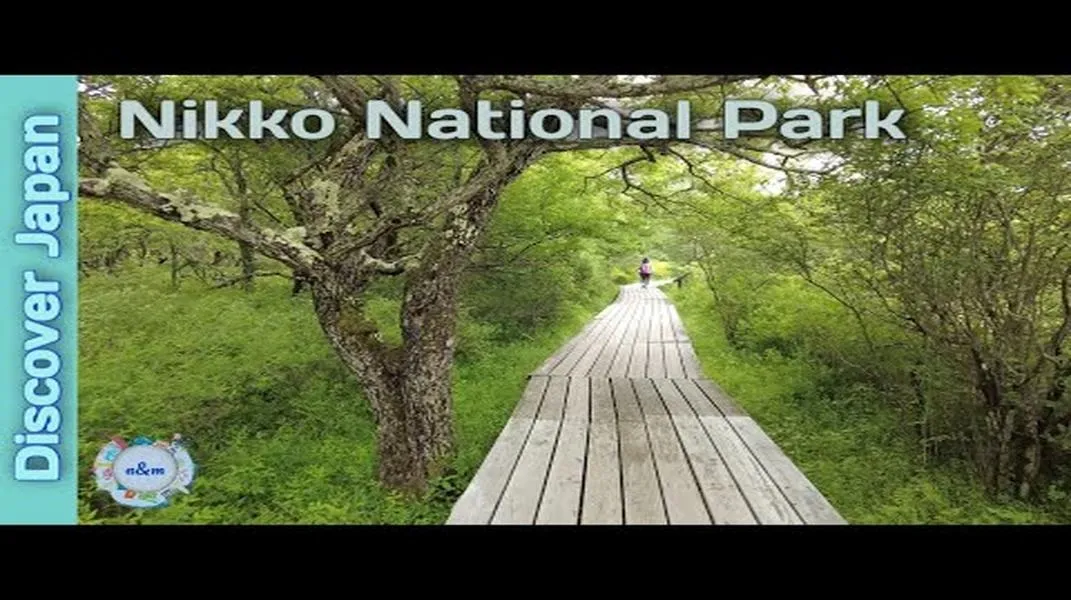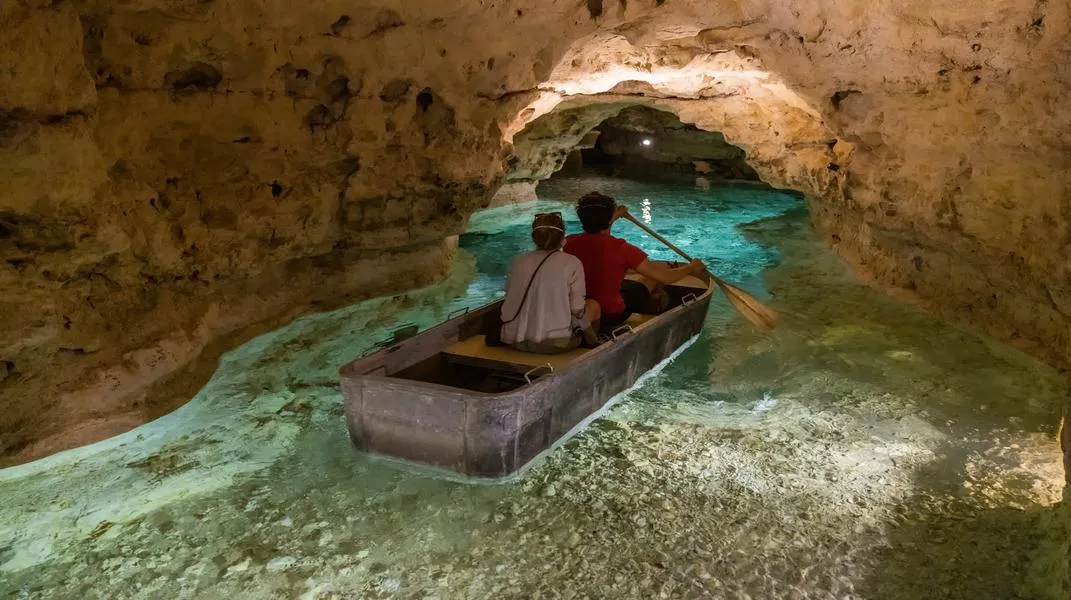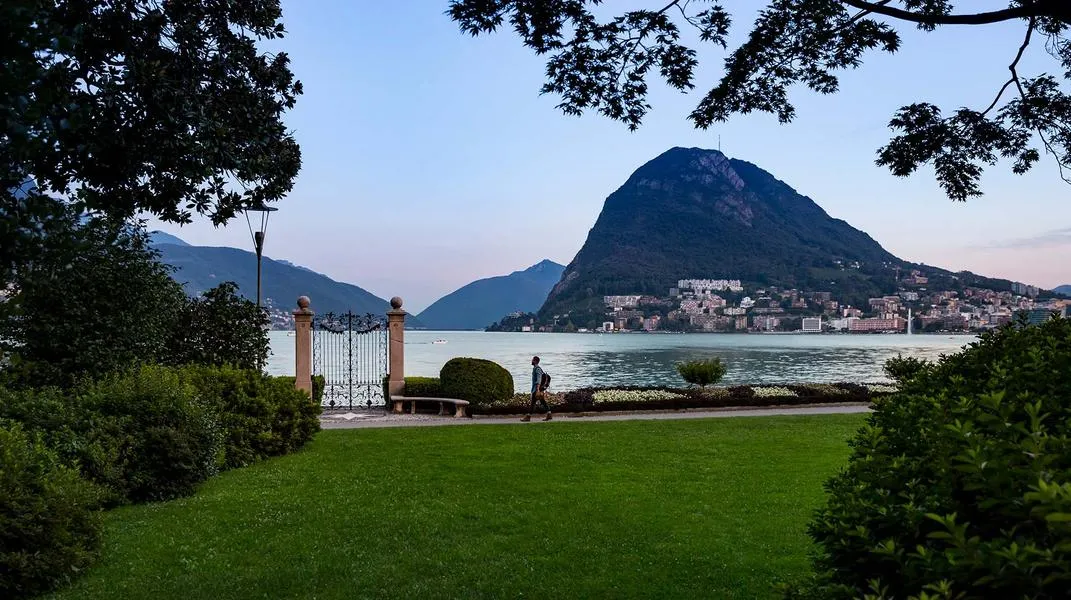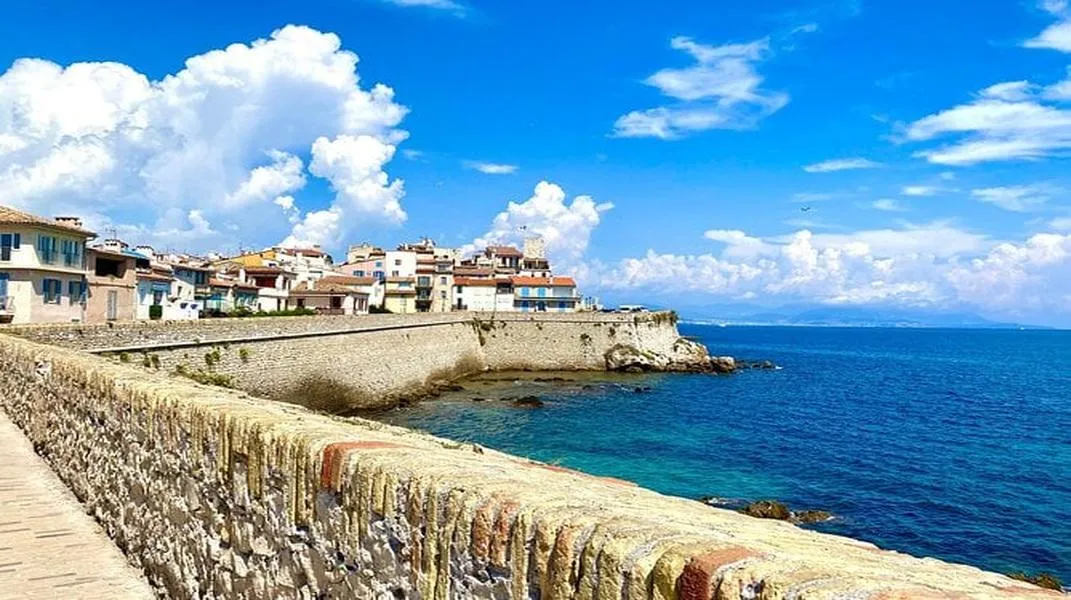Discovering Nikko: A Jewel of Japan
Nestled in the mountains of Tochigi Prefecture, Nikko is an exquisite blend of natural beauty, rich history, and cultural heritage. This UNESCO World Heritage Site is a treasure trove for travelers seeking to immerse themselves in Japan's traditional culture while enjoying breathtaking landscapes. With its intricate temples, lush forests, and stunning waterfalls, Nikko stands as a testament to the spiritual and artistic achievements of Japan. This article will guide you through the wonders of Nikko and provide essential information to prepare for your visit.

A Historical Overview
The name "Nikko" translates to "sunlight," and it is believed that the area has been a sacred site for centuries. The region is particularly significant in Japanese history as it served as the final resting place of Tokugawa Ieyasu, the founder of the Tokugawa shogunate. The grandeur of the temples and shrines in Nikko reflects the power and influence of the shogunate during its rule from the early 17th century until the mid-19th century.
The most famous attractions within Nikko are part of the UNESCO World Heritage designation, which includes the Toshogu Shrine, Futarasan Shrine, and the Rinnoji Temple. Each of these sites showcases intricate woodwork, elaborate carvings, and the stunning use of color that are hallmarks of traditional Japanese architecture.
Key Attractions in Nikko
1. Toshogu Shrine
The Toshogu Shrine, dedicated to Tokugawa Ieyasu, is the most famous site in Nikko. Built in 1617 and completed in 1636, it is a lavish display of architectural brilliance. The shrine complex features over a dozen buildings, all ornately decorated with gold leaf and intricate carvings. Highlights include the Yomeimon Gate, known for its stunning craftsmanship, and the famous "see no evil, speak no evil, hear no evil" monkeys carved into the wood.
The shrine is surrounded by serene forests that enhance its spiritual atmosphere. Visitors can also witness the annual festivals held in May and October, where traditional performances and rituals take place.
2. Rinnoji Temple
Rinnoji Temple, founded in the 8th century by the monk Shodo Shonin, is another significant site in Nikko. The main hall, known as the Sanbutsudo, houses three large statues of Amida Buddha, Shaka Buddha, and the Medicine Buddha. The temple grounds are beautifully landscaped with gardens and ponds, providing a peaceful retreat for visitors.
The temple is also renowned for its annual events, such as the "Nikko Toshogu Grand Festival" and the "Nikko Fireworks Festival," both attracting numerous visitors each year.
3. Futarasan Shrine
Futarasan Shrine is dedicated to the deities of Mount Nantai, and its serene surroundings make it a popular location for those seeking tranquility. The shrine is connected to the natural beauty of the area, with ancient trees and pathways leading to sacred sites. The nearby Lake Chuzenji and Kegon Falls are also part of the Futarasan Shrine complex, offering stunning views and opportunities for hiking.
4. Kegon Falls
Located a short distance from Lake Chuzenji, Kegon Falls is one of Japan's most famous waterfalls, cascading 97 meters into a rocky gorge. Visitors can take an elevator down to a viewing platform for an up-close experience of the falls. The surrounding area is particularly beautiful in autumn when the leaves change color, creating a breathtaking backdrop.
5. Lake Chuzenji
A stunning lake formed by volcanic activity, Lake Chuzenji offers recreational activities such as boating, fishing, and hiking. The area is renowned for its scenic beauty, particularly during the fall when the foliage transforms into a kaleidoscope of colors. The lakeside is dotted with cafes and restaurants, allowing visitors to enjoy local cuisine while soaking in the view.
Natural Wonders
Nikko is also known for its natural beauty, with lush forests, mountains, and serene lakes. The Nikko National Park encompasses a vast area, offering numerous hiking trails that cater to all levels of fitness. Some popular trails include:
- The Senjogahara Plateau Trail: A flat trail that takes you through marshlands and offers views of the surrounding mountains.
- The Mount Nantai Trail: A more challenging hike that rewards climbers with stunning panoramic views from the summit.
- The Lake Chuzenji Trail: A scenic trail that circles the lake, providing opportunities to spot wildlife and enjoy the tranquility of the area.
Wildlife
Nikko is home to diverse flora and fauna, making it a paradise for nature enthusiasts. The region is particularly rich in wildlife, including Japanese macaques, black bears, and various bird species. The changing seasons also bring different wildlife sightings, making each visit unique.
Preparing for Your Visit
To make the most of your trip to Nikko, it is essential to plan ahead and prepare adequately. Here are some materials and tips to consider before your visit:
1. Travel Guide and Map
A good travel guide can provide valuable information on the history and cultural significance of the sites you will be visiting. Additionally, a map of the area is essential for navigating the various attractions and hiking trails. Many tourist information centers in Nikko offer free maps and brochures.
2. Transportation
Nikko is accessible by train from Tokyo, with the Tobu Railway providing a direct line to the city. Purchase a limited express ticket for a comfortable ride. Once in Nikko, consider using buses or renting a bicycle to explore the area. The Nikko Pass is a convenient option for unlimited bus rides and discounts on entrance fees to various attractions.
3. Clothing and Footwear
Depending on the season you plan to visit, pack appropriate clothing. Summers can be warm and humid, while winters can be cold and snowy. Layering is recommended for cooler months. Comfortable, sturdy footwear is essential, especially if you plan to hike or walk around the temple grounds.
4. Camera and Binoculars
The natural beauty and architectural splendor of Nikko make it a photographer's paradise. Bring a camera to capture the stunning landscapes and intricate temple details. If you're interested in birdwatching or spotting wildlife, a pair of binoculars will enhance your experience.
5. Snacks and Water
While there are restaurants and cafes in the area, having snacks and water on hand is always a good idea, especially if you plan on hiking. Some trails can take several hours, and staying hydrated is crucial.
6. Local Currency
While many places accept credit cards, some smaller shops and temples may only accept cash. Ensure you have enough yen on hand for entrance fees, snacks, and souvenirs.
7. Respectful Behavior
Nikko is a sacred place for many, so it is essential to be respectful during your visit. Dress modestly when visiting temples and shrines, and adhere to any rules or guidelines posted at the sites.
8. Language Preparation
While English is spoken at some tourist spots, learning a few basic Japanese phrases can go a long way in enhancing your experience and showing respect for the local culture.
Conclusion
Nikko is a captivating destination that offers a perfect balance of cultural, historical, and natural attractions. From the magnificent Toshogu Shrine to the serene landscapes of Lake Chuzenji and Kegon Falls, there is something for every traveler to enjoy. With proper preparation and a spirit of adventure, your visit to Nikko will be an unforgettable experience, leaving you with cherished memories of Japan's rich heritage and stunning beauty. Whether you are a history buff, a nature lover, or simply seeking a tranquil escape, Nikko promises to enchant and inspire you. So pack your bags, grab your camera, and get ready to explore this jewel of Japan!




